Our Verdict
A handsome and brutal strategy sequel that benefits from a range of intelligent improvements
PC Gamer's got your back
Time continues washing over us, says The Banner Saga 2’s narrator as the story starts up again. It’s an apt metaphor for the plight of your surviving leader, with a caravan’s worth of followers in real danger of drowning beneath an unforgiving tide that’s sweeping ever closer. If that wasn’t bad enough, hidden currents also lie in wait, ready to drag them under; these terrible circumstances are the kind that force good people into morally murky waters, making decisions that could easily see history paint them as the bad guy.
What is it? Bleaker-than-Threads narrative-led turn-based strategy.
Publisher Versus Evil
Developer Stoic Studio
Reviewed on Intel Core i5-4440, 8GB RAM
Expect To Pay £15 / $20
Multiplayer No
Link Official site
Like its predecessor, The Banner Saga 2 is a game that dares to make the struggle to survive feel perilously close to futile. It invites you to do what you can to keep your people alive, even in the knowledge that it might not—and, in all likelihood, probably won’t—be enough. That in itself is a gauntlet being thrown down, a challenge to players to succeed against shattering odds—or at least to delay defeat as long as possible. But its greatest triumph is to invest you so deeply in a decaying world and its inhabitants that, no matter how bad things get, you want the journey to continue. The scenery is a huge draw, but you’ll want your cast to live long enough to see the same magnificent sights, too.
If anything, the canvas is even more sprawling than before. The starkly beautiful setting seems to make you feel smaller than ever—at times, you’ll find yourself peering into the background at what looks like a tiny swarm of ants scuttling across the screen. If you weren’t already sure of your place in the world, these sequences makes you acutely aware of just how vulnerable your exhausted band really is. As before, the funereal trudge of your cortège cleverly captures both the sensation of time passing and the prevailing feeling of despair.
The world is visibly breaking, and your caravan is no different. Departures come more frequently, as allies choose alternative paths, and others bid a more tragic farewell. More significantly, your choices, however well intentioned, cause rifts within the camp. Conflict grows organically from the decisions you actively make and those that are unceremoniously thrust upon you - with one exception, as an agonising late game dilemma leads you to face a former ally on the battlefield. This is high stakes, high drama stuff, but a rare moment of contrivance, too, with the ramifications of your choice not becoming clear until it’s too late. It’s powerful, but manipulatively so; manufactured, seemingly, to increase the emotional weight of your eventual choice.
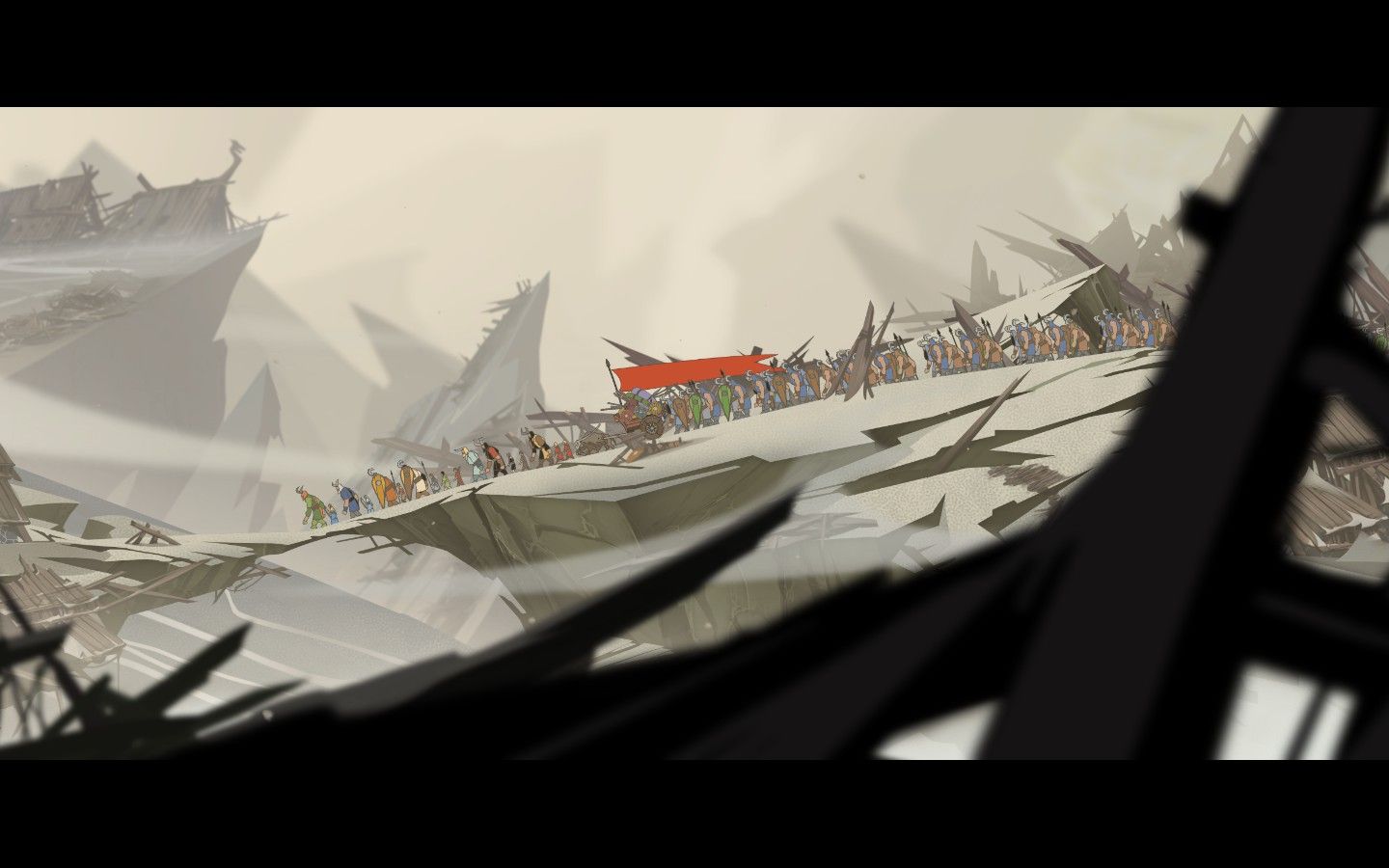
It is, however, a small misstep on a tense, gripping and pitiless journey. The pervasive threat of the armoured Dredge on your tail is a constant menace that pushes you into pressing on even as legs, hearts and minds are giving out. But can you afford to hang back to accommodate the stragglers, or do you abandon them to their fate for the good of the rest? Some of the options here are troublingly dark, and raise questions of whether survival is really worth the loss of humanity—or, in a few cases, sanity. Even before a delirious trek through a strange forest, people are clearly losing their grip. Then again, the mercurial Tryggvi’s gnomic mutterings could equally be a sign of disturbing foresight. Then there’s ragged slaughterer Bak, carrying the thousand-yard stare of a man who’s seen far too much for one lifetime, and who clings onto his beloved spear just a little too tightly for comfort.
If grief and madness reign among this first group, the second party you command is powered by rage and confusion. As the Ravens, a mercenary group introduced at the climax of the first game, forge their own route towards the human capital of Arberrang, their hulking Varl leader Bolverk experiences increasingly potent visions that threaten to undermine his iron fisted rule. The narrative cleverly interweaves the stories of both groups, with characters and motifs recurring in both threads. There’s some weighty thematic material here, too: the introduction of a third race, the horseborn, allows Stoic to touch upon ideas of intolerance and xenophobia in a resonant and relevant fashion.
The second party you command is powered by rage and confusion.
While this might all sound a little too self-consciously solemn, The Banner Saga 2 takes itself seriously in all the right ways. And though it’s a shade or so darker than its predecessor, there are more instances of dry humour sprinkled throughout. There’s no risk of it turning into The Banter Saga, though these exchanges will likely raise a smile or two. Maybe it’s a by-product of the ubiquitous gloom, but moments of light relief such as these and the odd unexpected act of kindness are as moving in their own way as the death of a favourite character. The ability to laugh in the face of fear and adversity proves a powerful expression of the human spirit.
Keep up to date with the most important stories and the best deals, as picked by the PC Gamer team.
The need to marshal a growing cast means that some characters, inevitably, get shorter shrift. In some cases, that’s simply because you’ve not used them often in battle, or spoken to them outside it, and so their act of unlikely heroism falls flat. Otherwise, it’s simply that Stoic hasn’t quite given everyone enough time to shine: one unexpected loss arrives a little too soon to have the desired impact. Perhaps, however, that’s part of the plan; certainly, it’s a reminder that death can come swiftly and suddenly, and that no one should be considered off limits when it’s time for the Grim Reaper’s scythe to descend.
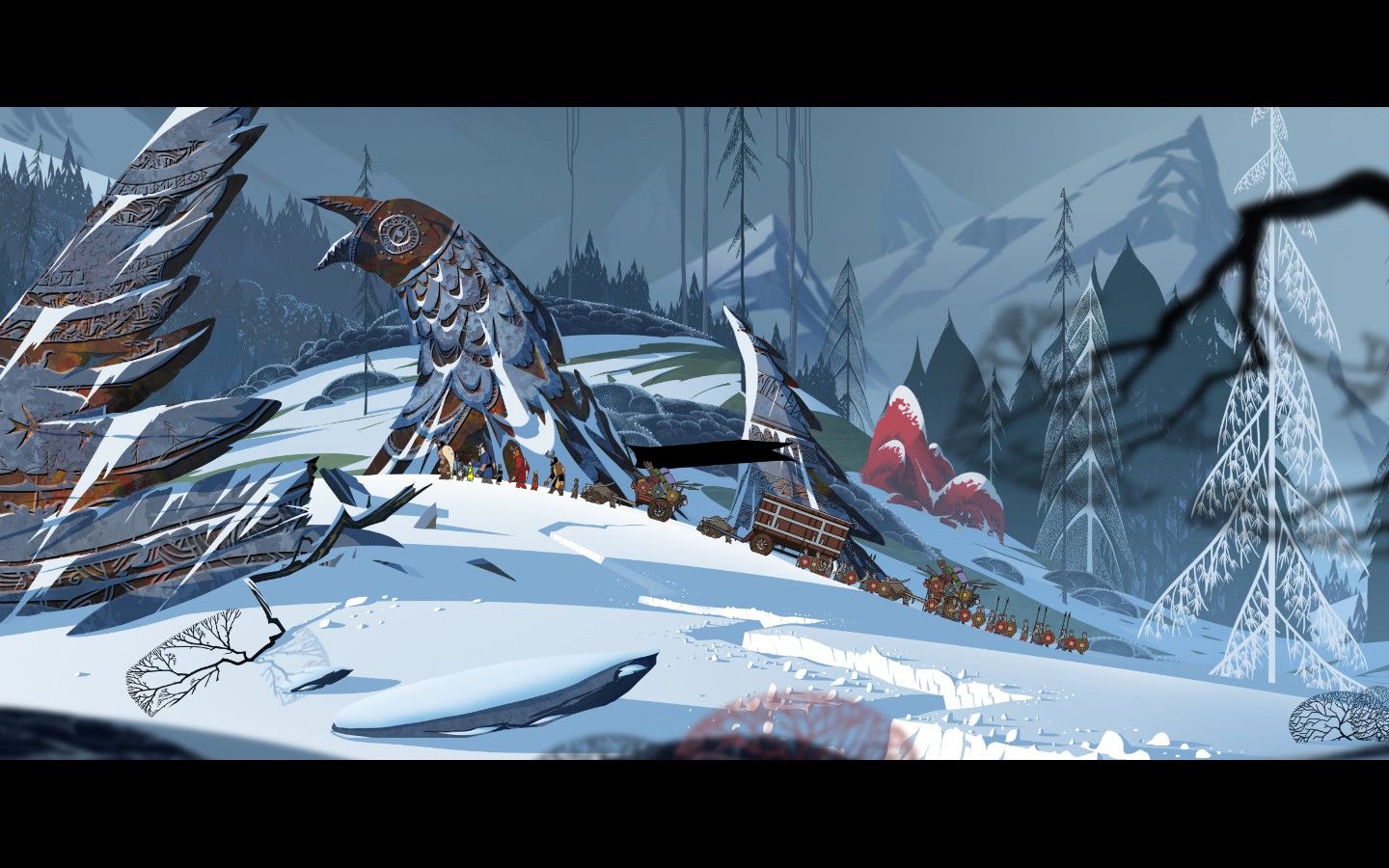
Stoic’s storytelling is more sure-footed, then, and so too are the strategic systems that power its turn-based skirmishes. There’s more variety in the encounters here, and narrative elements are more skilfully woven in. You might begin the battle with a series of hastily constructed barriers thanks to an astute choice beforehand. Later, you’ll be asked to quickly clear a path while a wave of Dredge advances on your position. Another mission invites you to keep a single unit protected for as long as possible, and there are further variations besides. None of this fundamentally affects how it plays, but contextual adjustments make for a pleasant change from simply killing everything to win.
New characters and new classes give you a much wider array of tactical options, some of which can produce devastating combinations, assuming you can keep the relevant units alive long enough to pull them off. The poet Aleo’s active ability buffs characters to add a unit of damage for each two units of strength their opponent has above theirs; as such, you can motivate a wounded ally to take an almighty swing at a particularly powerful enemy for huge damage. And if it’s a killing blow, it’ll trigger his passive for any friendly units in the vicinity, for a small but possibly crucial boost to their finite supply of Willpower, used to enhance the potency of any attack.
Bolverk, meanwhile, can always count upon faithful shieldmaiden Folka. Put her by his side in battle and she’ll give him a defensive boost, but his untrammelled fury means she might get the odd whack from his twin axes - though that second random swing might just take another chunk out of the strength bar of his opposite number. Alternatively, you could choose to surround Bak with allies to give him close to a 100 per cent chance of a double-damage critical hit. Specialised training exercises encourage you to learn how to make best use of these new characters and their abilities, and you’ll earn bonus renown for completing all objectives. Slaying opponents here also contributes to your kill count, giving you the chance to promote weaker units without forcing them into crucial fights before they’re ready.
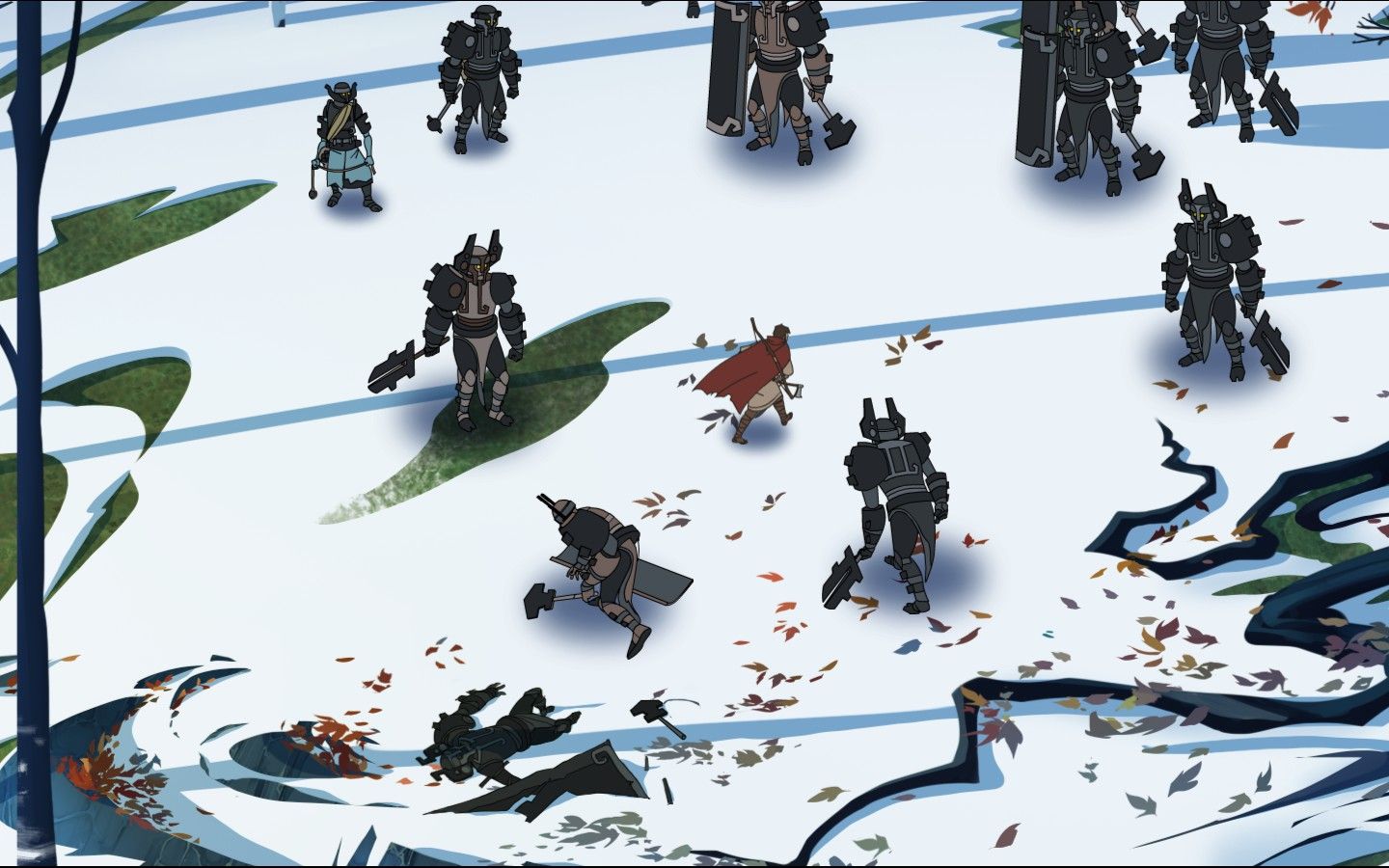
Though it takes a while for them to arrive, the Horseborn add an extra strategic wrinkle with their ability to move after attacking—letting you gallop forward, land a blow and then retreat to a position of relative security. Assuming you can find one, that is. With javelin throwers, archers, Horseborn and Dredge throwing magic grenades—not to mention the insidious little hatchlings that turn invisible until you bump into them—there are very few spaces where you’re entirely safe from harm.
However, even the more expansive battlegrounds can get cramped and visually messy, particularly when you factor corpses into the equation. There’s still no option to rotate the display to get a better angle. Zooming in or out can sometimes help, but otherwise you’ll have to either examine the turn order at the bottom of the screen to see who you’re targeting or squint. It’s disappointing that such an obvious flaw from the first game hasn’t been fixed; likewise that established rules aren’t always applied consistently. Injured parties that would ordinarily be forced to rest for several days will miraculously be up for selection in the next battle if the plot demands their availability.
You’ll forgive the occasions where the narrative and mechanics don’t always dovetail perfectly for the moments in which they do—spectacularly so during one story beat, as Stoic somehow generates nerve-fraying tension from a sequence conducted at walking pace. Yes, there’s still room for improvement, but this is a smart, worthy sequel: denser, richer, more complex and yet more intimate. Even if you’ll feel in dire need of a stiff drink once this second act draws to its devastating close.
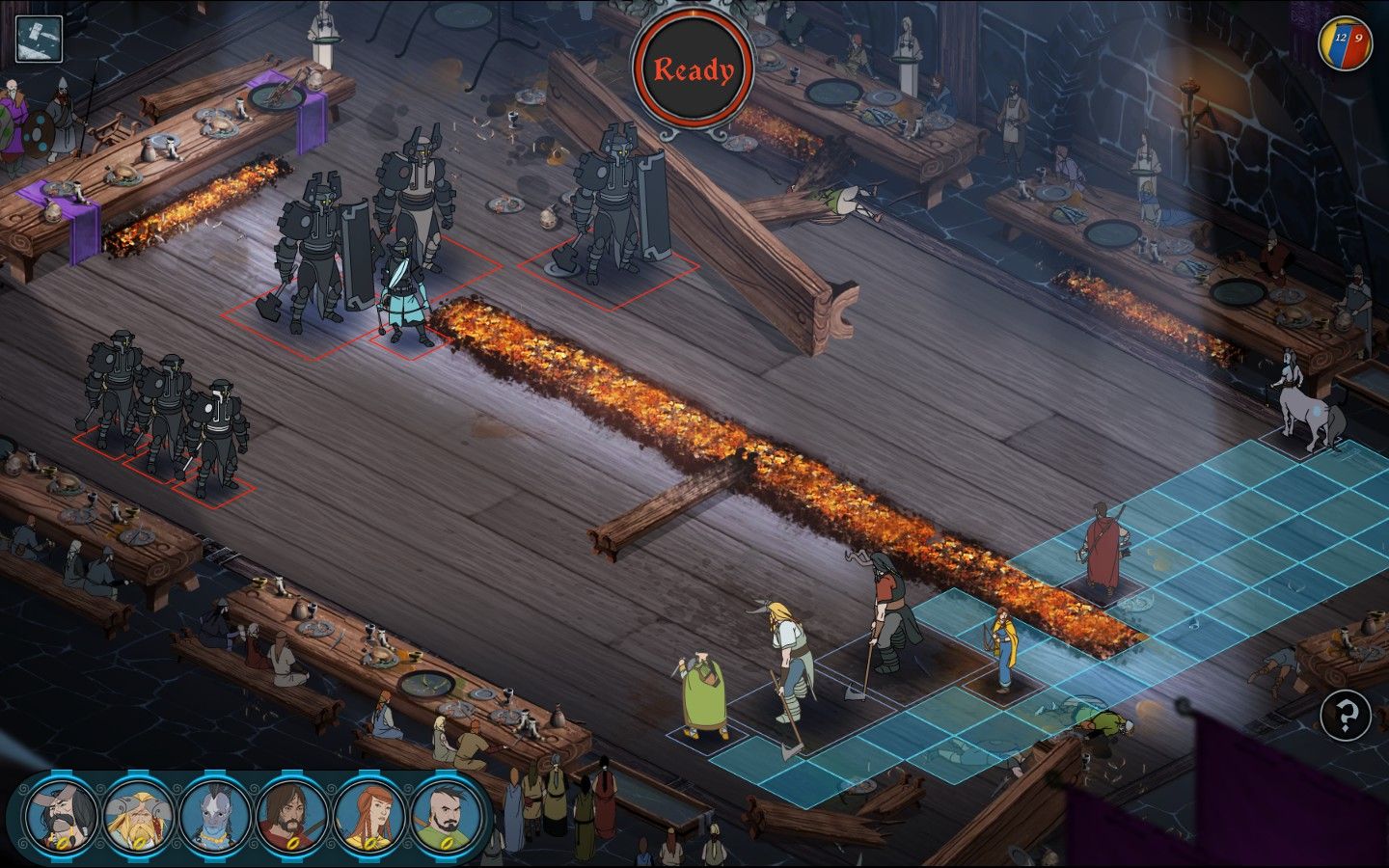

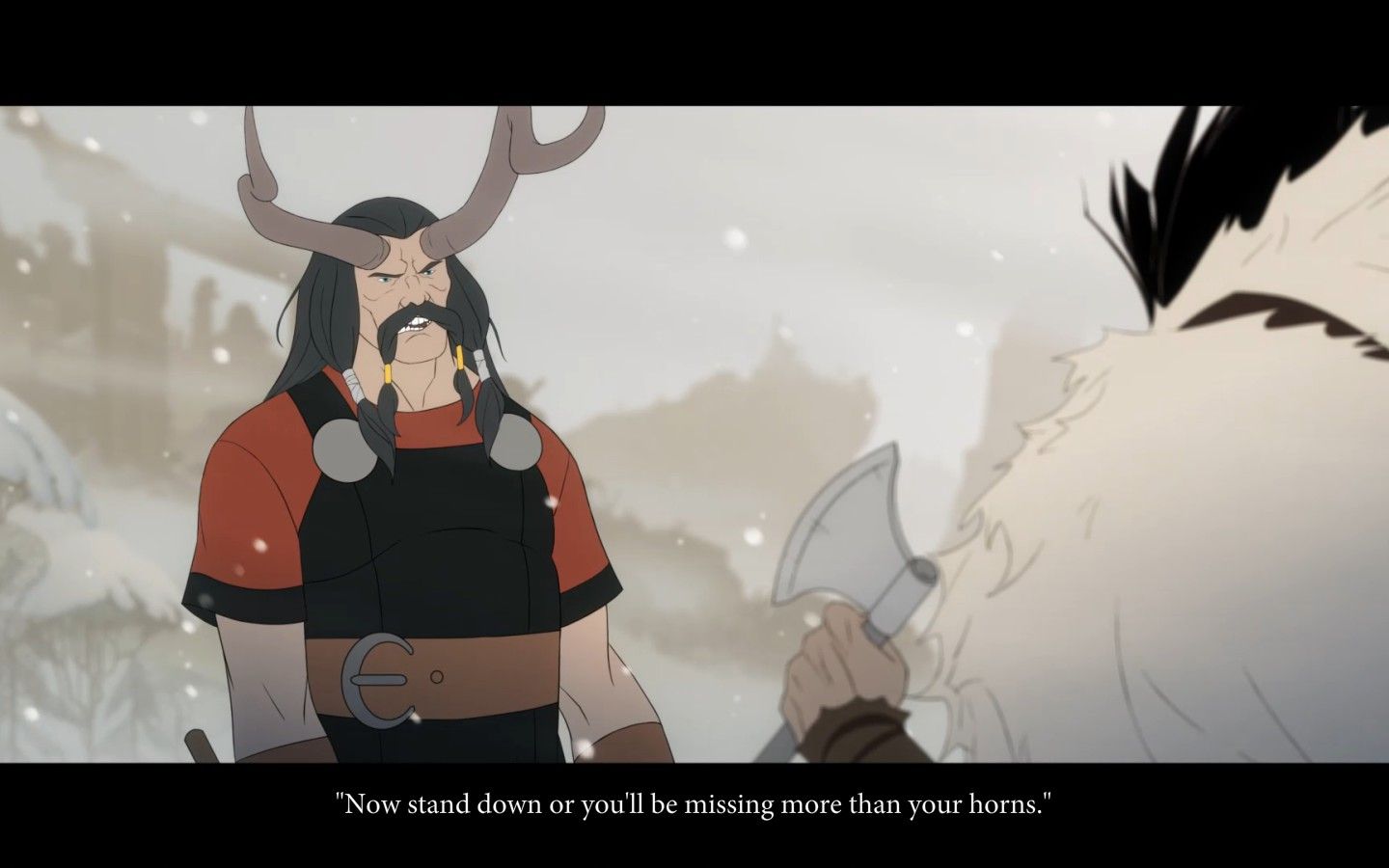

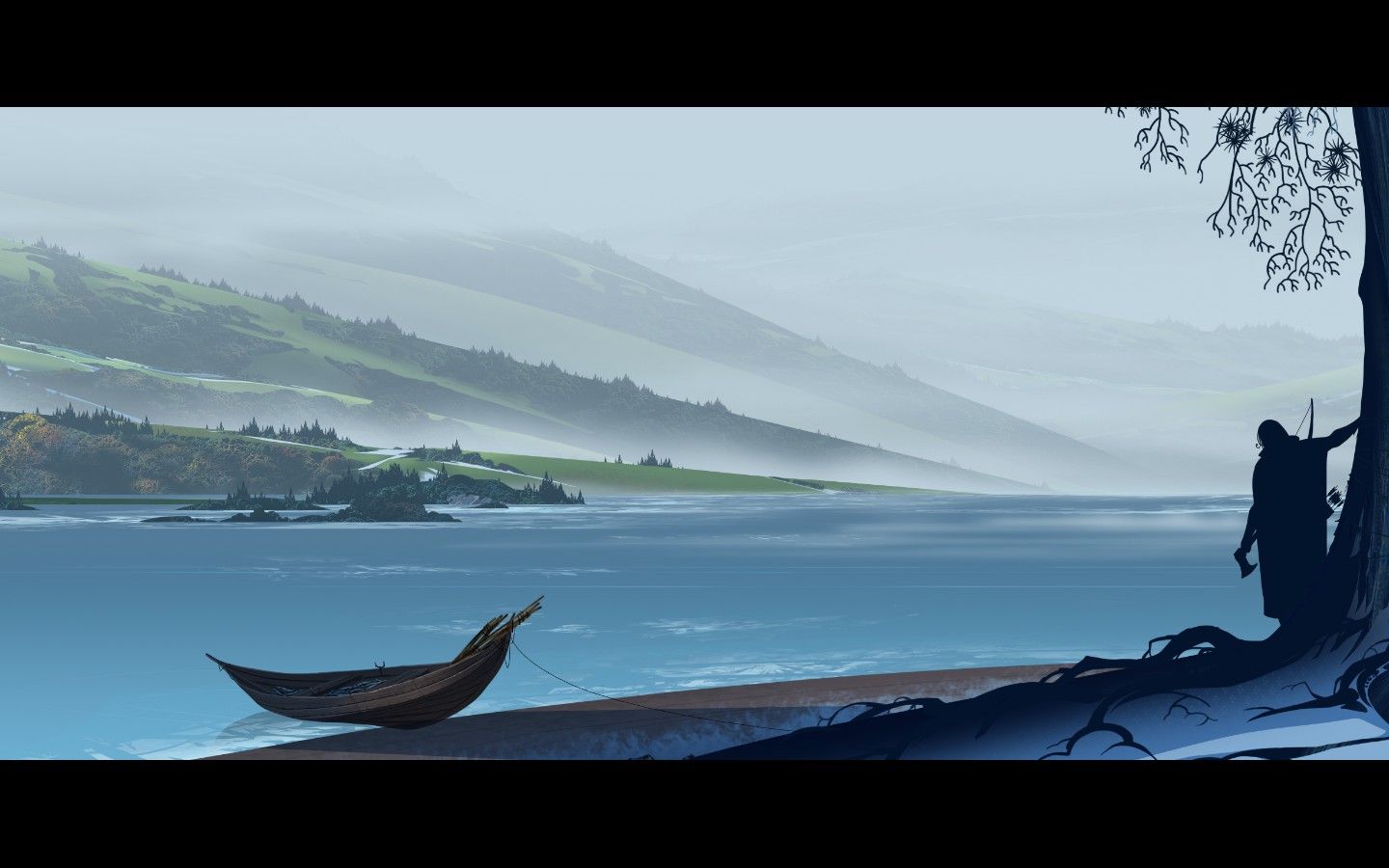

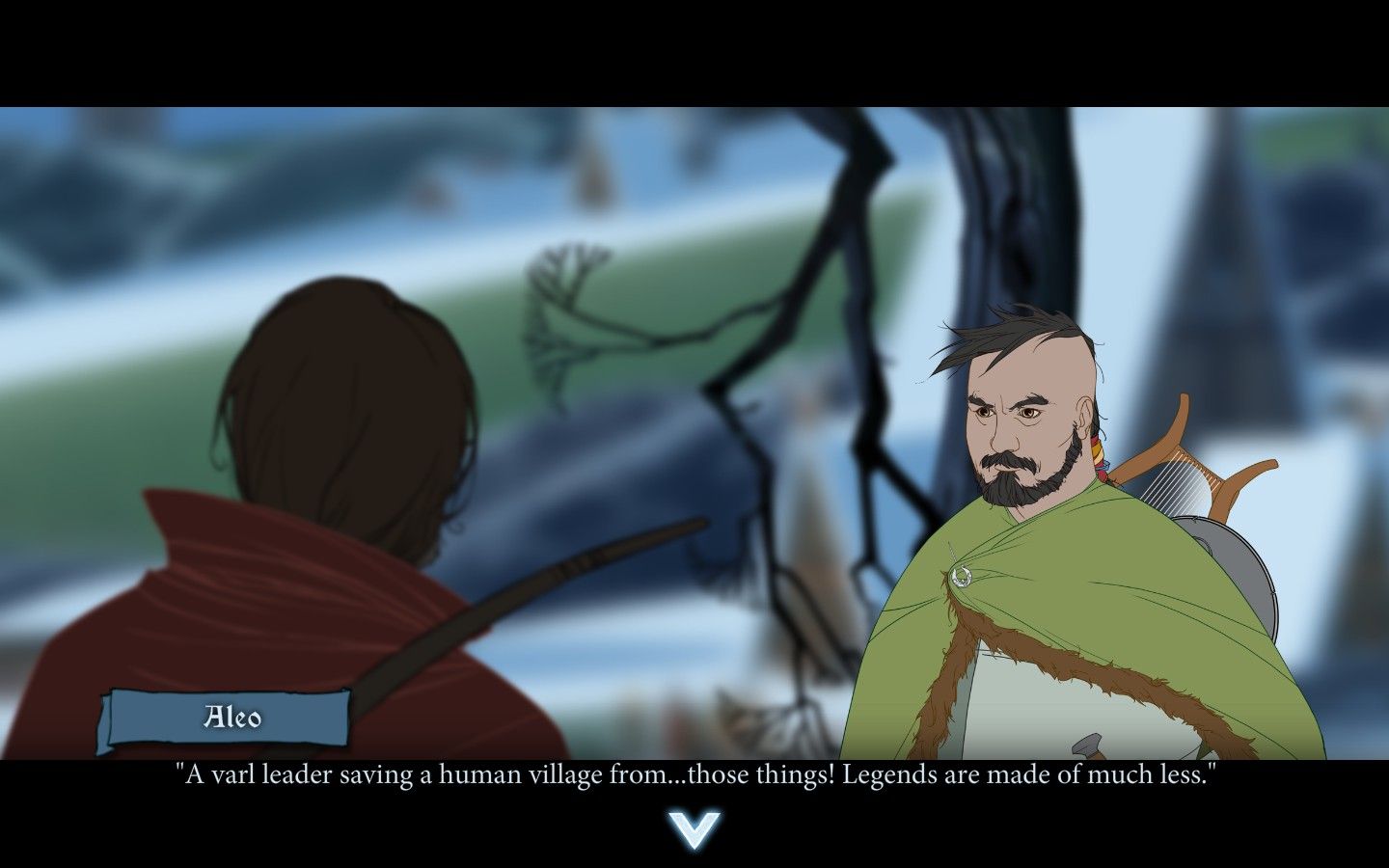

A handsome and brutal strategy sequel that benefits from a range of intelligent improvements


